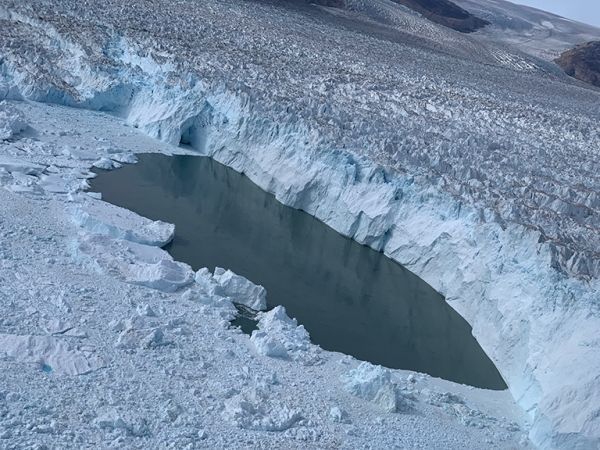In March, a NASA-led research team announced that Jakobshavn Isbrae, Greenland's fastest-flowing and thinning glacier over the past two decades, is now flowing more slowly, thickening and advancing toward the ocean instead of retreating farther inland.
On the surface, that sounds like great news. After all, if this glacial behemoth, which drains seven percent of Greenland, is slowing, certainly that must mean that global warming is also slowing, right?
Wrong. The findings have been interpreted that way by some, suggesting that the study results were evidence that global warming is slowing or stopping. However, the facts paint a different picture, as a quick review of the study’s key findings illustrates. To recap:
- The recent changes in Jakobshavn, located on Greenland’s west coast, are attributed to the 2016 cooling of an ocean current that carries water to the glacier’s ocean face, likely due to a shift in the North Atlantic Oscillation (NAO) that took place in 2015. The NAO is an oceanic climate pattern that causes northern Atlantic water temperatures to alternate between warm and cold every five to 20 years. The glacier’s dramatic slowdown coincided with the arrival of the cooler waters near Jakobshavn that summer.
- Water temperatures near the glacier are now colder than they’ve been since the mid-1980s. The colder water isn’t melting the ice at the front of and beneath the glacier as quickly as the warmer water did.
- Jakobshavn’s changes are temporary. When the NAO flips again, the glacier will most likely resume accelerating and thinning, as warm waters return to continue melting it from beneath.
Continue reading at NASA
Image via NASA


